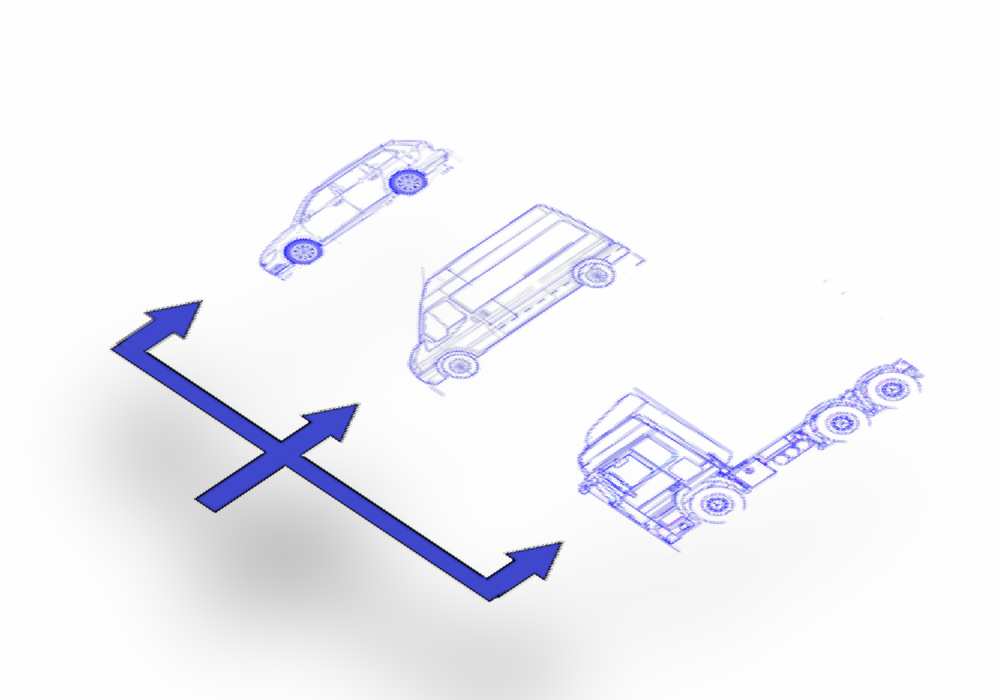iBWIM: More Information

Overview of iBWIM
Here we give a brief overview of iBWIM: what does it do? how does it work? how is it used? and why you should use it
Demonstrations and case studies
Demonstrations of how iBWIM operates in the field. Descriptions of bridges on which we have installed systems and the statistics we have extracted.
How can I use iBWIM data?
iBWIM systems can generate a huge amount of real-time data, here we show how it can respond in real-time to protect infrastructure, how you can use it as a tool to identify and investigate vehicles of interest and how you can use it to constantly compile up-to-date statistics.
iBWIM Accuracy
iBWIM has been designed with accuracy in mind, however, ultimately the accuracy of any BWIM system is limited by the bridge. Here you will find details of how bridge type affects the accuracy of iBWIM.
Measuring Bridge Oscillation with iBWIM
Although intended for measuring vehicles, iBWIM is an excellent platform for long monitoring of the resonant frequencies of the bridge, and the vehicles that induce them. We discuss iBWIM and vibration here.
Vehicle Classification with BWIM
iBWIM measures a series of parameters for each vehicle. These values can be used to classify the vehicle, for instance coach, semi-trailer. We discuss different classification schemes here.
Our BWIM Research Topics
We have been active in the BWIM research community for many years and we are constantly developing and improving iBWIM. Here you will find our current research topics.
iBWIM for bridge structural assessment
Heavy goods traffic and exceptional loads are one of the main causes of bridge ageing. Using data captured by iBWIM and our expertise in structural engineering, predictions can be made about the structural integrity of the bridge and the need for maintenance. More details.
iBWIM and iSHM for the European railway network
Europe's railway infrastructure is both mature and critical. Advanced bridge monitoring systems can help extend the liftime of citical parts of the network. More details.
